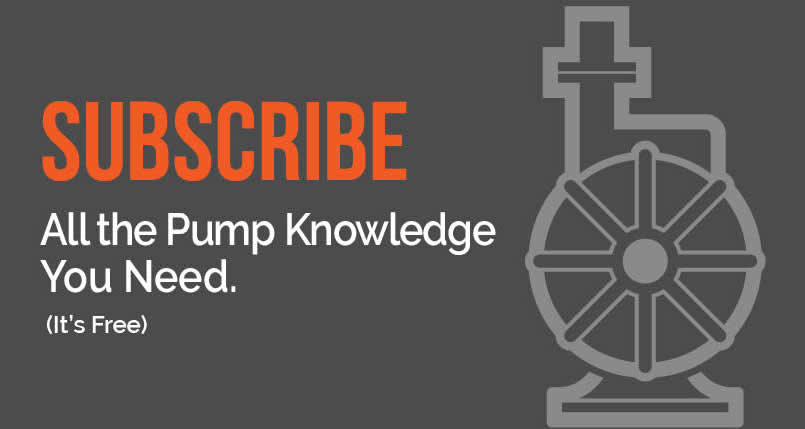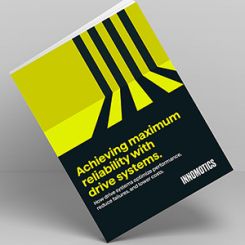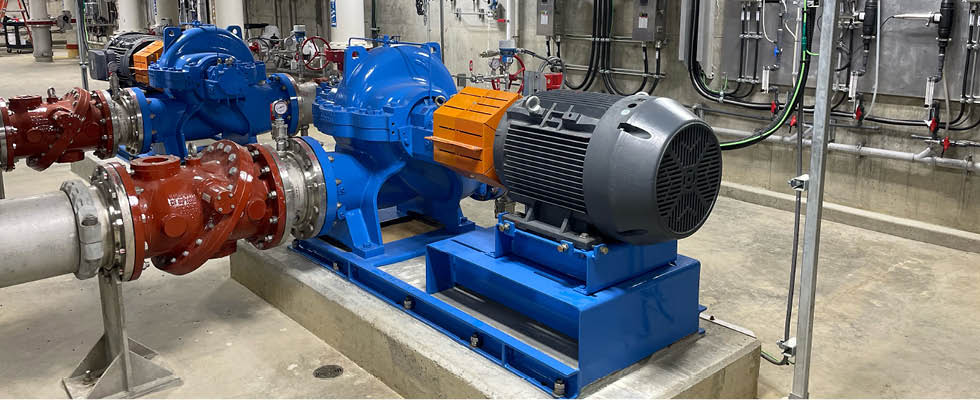
Effective and resilient water infrastructure is critical to public and environmental health. Unfortunately, investments to maintain and upgrade this infrastructure have fallen dramatically short. A recent McKinsey & Company report shows the U.S. water utility sector faced an estimated $110 billion funding gap in 2024—nearly 60% of utilities’ overall spending, primarily driven by investments in aging infrastructure, operating expenses and water quality regulations. By 2030, this gap could increase to approximately $194 billion.1 Likewise, the U.S. Water Alliance estimates a $91 billion shortfall in 2024 infrastructure spending.2

These funding gaps are reflected in the American Society of Civil Engineers 2025 Report Card for America’s Infrastructure, in which drinking water earned a grade of C-, the same as in 2021, and stormwater and wastewater infrastructure also earned the same grades as 2021, a D and D+, respectively.
Challenges
In addition to the funding gaps, water utilities face other challenges, including an increased demand for expansion of water distribution and wastewater collection. Water use for agriculture, industry, manufacturing and many types of power generation remains mostly hidden from the public eye yet accounts for 90% of total freshwater use in the U.S.
Alongside cornerstone legislation, including the Safe Drinking Water Act and the Clean Water Act, regulations for the water industry continue to evolve as new environmental concerns, emerging contaminants and technological advancements develop and change.3 These regulatory pressures, as well as compliance and reporting requirements, add to utilities’ challenges.
Adding to these pressures, utilities have been operating with a shortage of plant operators largely due to retirements by an aging workforce, leaving many municipalities in need of immediate replacements and transition plans. Without qualified individuals to ensure state and federal standards are met for drinking water and wastewater, communities run the risk of failing to provide an essential public health service to residents and businesses.
Digital Transformation
According to a survey by the International Water Association of 64 global water utilities, there are three key pieces of knowledge about the way digital transformation is being embraced in water today:
- Water distribution pressures are often a catalyst for innovation.
- Economic and cost-saving benefits are the key drivers of innovation.
- Adoption is diverse and disjointed.4
Digital transformation is a critical step toward more efficient and sustainable water operations. It requires integrated technology that optimizes operations and allows for more informed, data-driven decisions. By bridging the gap between people, processes and tools, water utilities can empower their workers with a complete view of the company’s assets and workforce. Increased adoption of advanced technology, data analytics and predictive modeling enhances operational efficiency, improves equipment reliability and ensures sustainability and resiliency. Continuous operational improvement starts with capturing data from machine assets, like pumps. This data provides immediate insights for both people and systems, enabling them to make better, faster decisions and drive automation.
Secure Monitoring & Pumps
A key theme of digital transformation and smart operations is greater connectivity—increasing connectivity between devices, industrial networks, physical assets and the cloud. Growing connectivity allows for greater process transparency and the added potential for predictive analytics and sentinel alarm conditions. This helps ensure potential issues are addressed before they become problems, but only by extending that connectivity to the final hop: to the people who operate and optimize manufacturing assets. The key is connecting devices to people and getting the right information—with increased sophistication of modeling—to the right people at the right time.
Supervisory control and data acquisition (SCADA) and alarming software monitors critical functions—such as pumps, ultraviolet (UV) disinfecting systems, generators and utility power—that can stop a process and result in a sewer overflow or discharged untreated water. To ensure a system’s integrities are not compromised, it is critical to use the most secure architecture possible. For example, intercomponent encryption in conjunction with a custom-built proactive monitoring system can detect if the monitoring software and SCADA system are communicating and notify designated personnel of any issues.
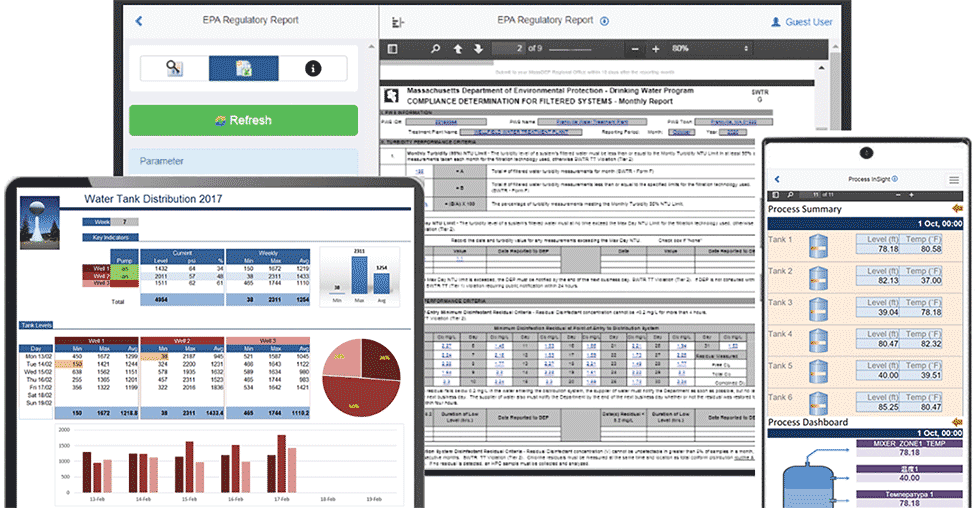
Further illustrating the use of this software to monitor pumps is the water treatment plant in the Comox Valley Regional District (CVRD), which serves the water and wastewater needs of British Columbia, Canada.
The plant has a raw water pump station that pumps water from Comox Lake. The SCADA system monitors four 150 horsepower (hp) pumps, level, pressure, flow, turbidity, ultraviolet transmittance (UVT), pH and temperature. The wastewater
SCADA system monitors many pieces of equipment as well as instrumentation including level, pressure, liquid flow, air flow, dissolved oxygen, total suspended solids (TSS), pH, oxidation-reduction potential (ORP) and temperature. All of the instrumentation helps monitor and control systems such as headworks, grit and sludge removal, bioreactors, aeration, return activated sludge (RAS), waste activated sludge (WAS), solids dewatering, scrubbers, chemical systems and all of the sewage pump stations.
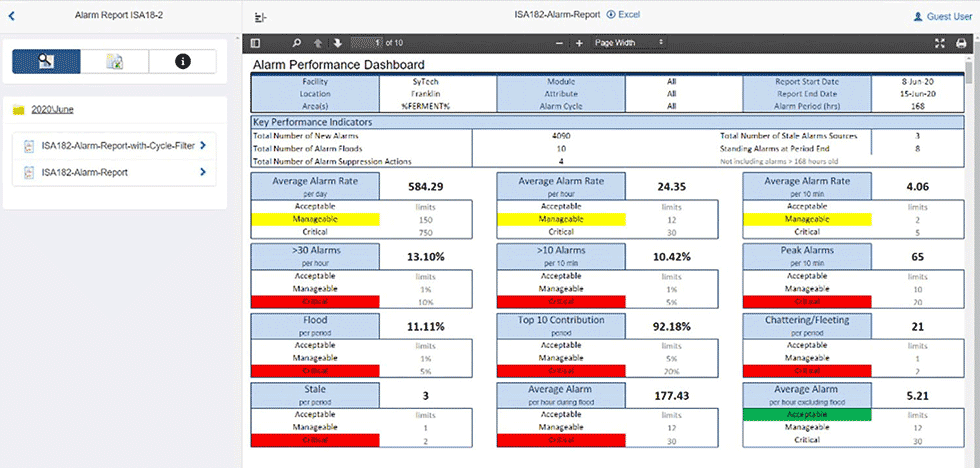
CVRD’s different utilities experience alarms every night, to which operators respond. Thanks to the monitoring software, the right people receive the right alarm, protecting the plants and resolving problems before they impact users.
Historization & Analytics
The convergence of advanced technologies and data-driven strategies has ushered in a new era of optimization, where historical data analysis plays a pivotal role in achieving accurate forecasting and scheduling. The ability to harness this data effectively can lead to smarter decision-making, improved processes and a competitive edge. Analyzing historical data allows operations management to identify patterns, trends and anomalies that may otherwise go unnoticed. These insights serve as the foundation for creating accurate forecasts and efficient operations.5
Historical data analytics can help water and wastewater plants transition from reactive to proactive planning and to keep planning aligned with operations.
Reporting
Reports provide a visualization of this historized process information and correlate related process variables. They compute metrics on that data and visually graph such data for easier pattern and anomaly detection. These reports are created through third-party software that seamlessly integrates with programmable logic controllers (PLCs), SCADA and historian systems. Advanced reporting solutions can even pull information from remote alarm notification software, allowing further analysis and optimization of condition response times.
Reporting software enables organizations to turn raw process data into actionable information, thereby increasing efficiency and reducing costs. Furthermore, automated reporting solutions streamline regulatory compliance by collecting data from various sources like SCADA, laboratory information management systems (LIMS), manual entry and others. As the data is collected, it is summarized as key metrics: flow totals or turbidity threshold analysis. The final output is published into a formatted document accepted by regulatory agencies.
Leveraging aggregated data at the plant level offers economies of scale for managers. With a summation of performance across all machines, larger performance inefficiencies become evident, and managers can develop a deeper understanding of their machine performance, people performance and process performance. This data also benefits the entire organization, including billing, customer service, operations, engineering and distribution, and empowers utilities to address conservation and revenue opportunities.
Looking Ahead
Digital transformation and integrating advanced technologies like monitoring and reporting software has the potential to help water utilities overcome myriad challenges. Adopting solutions that fit each utility’s operational and technological environment ensures that these initiatives are effective in navigating today’s complex environment while planning for future resiliency.
References
mckinsey.com/industries/energy-and-materials/our-insights/water-resilience-closing-the-funding-gap-for-utilities (accessed May 6, 2025)
JP Morgan/ERM Sustainability Institute, “The Future of Water Resilience in the U.S.,” October 2024
kloudgin.com/news/successfully-navigating-water-quality-compliance-expert-insights-in-a-changing-regulatory-landscape (accessed May 6, 2025)
autodesk.com/blogs/water/2024/11/21/the-path-to-digital-transformation-in-water-infrastructure-is-becoming-more-clear (accessed May 7, 2025)
planettogether.com/blog/analyzing-historical-data-for-enhanced-forecasting-and-scheduling-in-pharmaceutical-manufacturing (accessed November 9, 2023)
